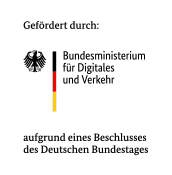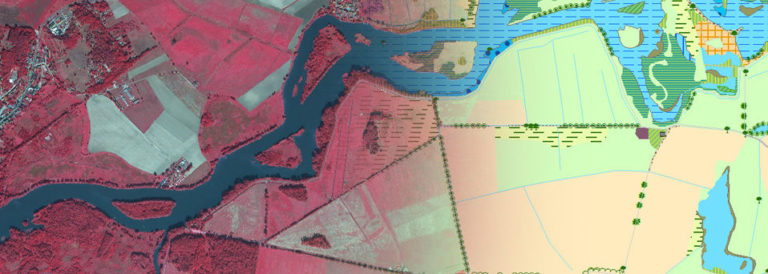Falling trees and broken branches on railway tracks or overhead lines pose a significant safety risk to rail transport. Trees with poor vitality are more susceptible to storms and snowfall in the long term, but tree vitality has so far received little consideration in risk models and management concepts. The aim of the project is to adapt existing models for assessing tree vitality as well as hydroclimatic indices to the requirements of railway traffic and to develop a railway tree vitality monitor.
For this purpose, existing, freely accessible data will be used and retrospective nationwide analyses will be carried out on influences on tree vitality near the track for the last 20 years. The analyses are validated with newly collected data. The evaluations are based primarily on high-resolution satellites (Sentinel-2) and drone data. These will be supplemented by tree core samples from reference sites as well as soil moisture measurements. Based on this, existing risk models for various natural hazards will be expanded to include the parameter of tree vitality and made available for practical use.
Under the leadership of the German Centre for Rail Transport Research (DZSF), the project is being carried out by a consortium consisting of the German Weather Service (DWD), Friedrich-Alexander-Universität Erlangen-Nürnberg (FAU) and Luftbild Umwelt Planung GmbH. It is funded by the Federal Ministry of Digital and Transport with a total of 1.4 million euros as part of the mFUND innovation initiative.
Project start: October 2023
Duration: 3 years
FKZ: 19F2239B
The project is funded by the German Federal Ministry for Digital and Transport as part of the mFUND innovation initiative.
Project Partners:
- German Centre for Rail Transport Research (DZSF)
- Friedrich-Alexander-Universität Erlangen-Nürnberg (FAU)
- German Weather Service (DWD)



